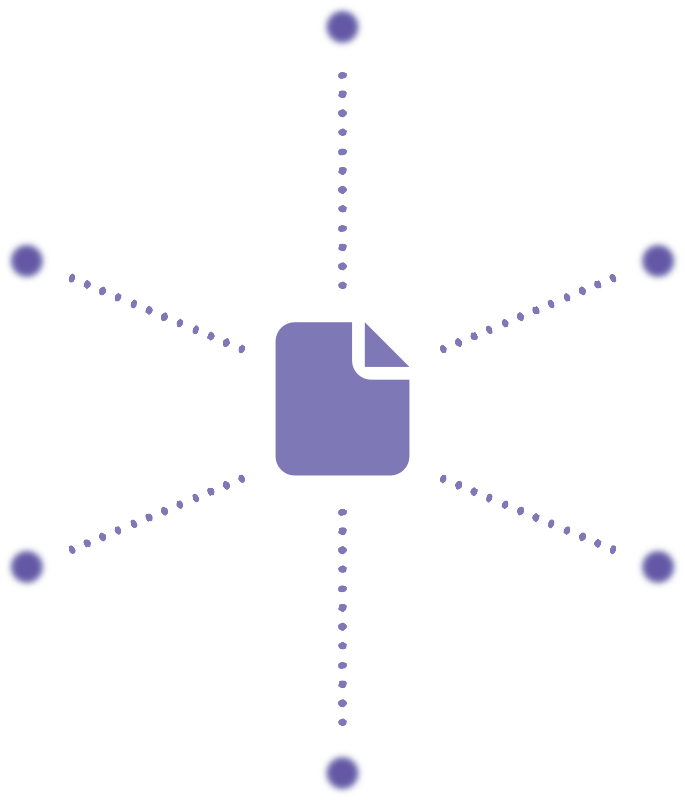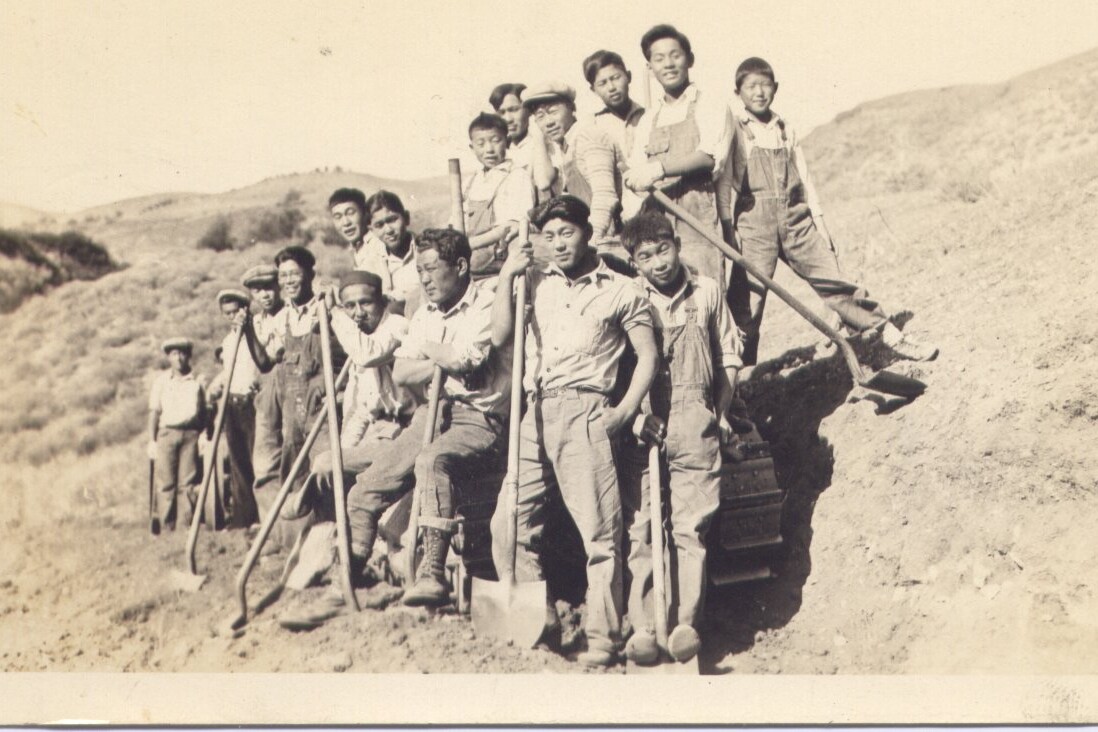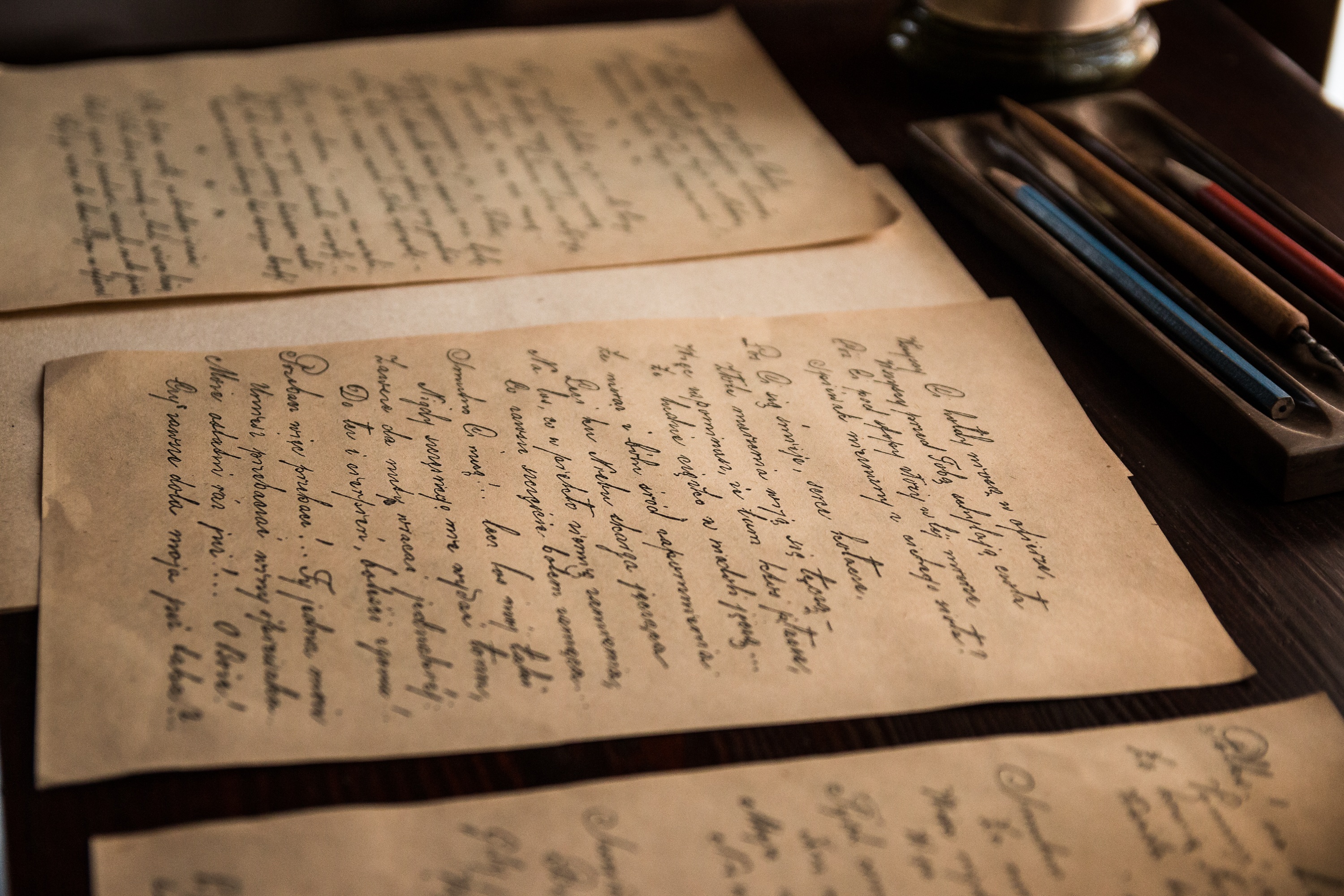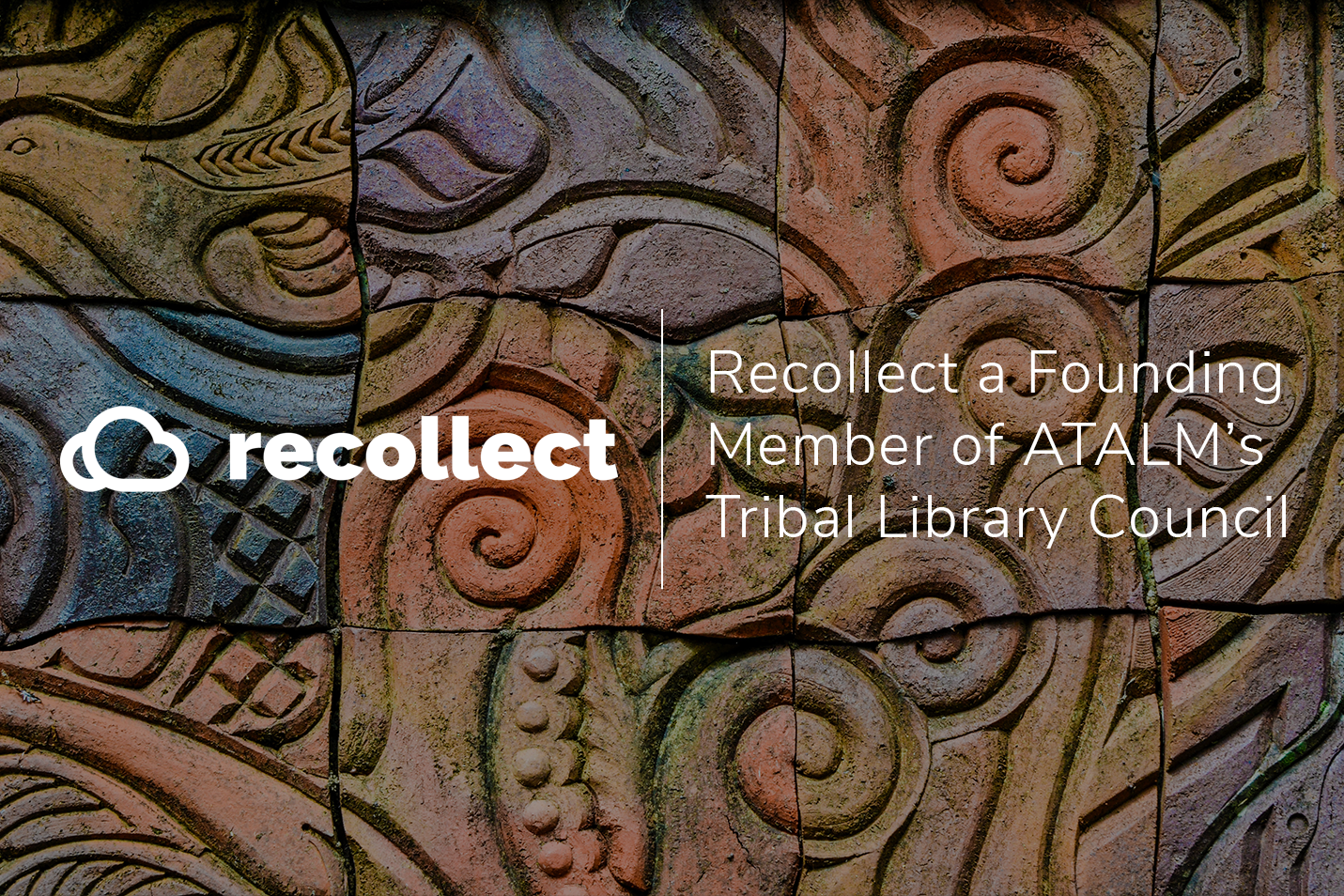What is metadata?

A frequently misunderstood term, metadata is used and defined differently across a number of professional sectors from computer science to music. Essentially, metadata is data that describes other data to increase its usefulness and meaning.
Cultural heritage institutions often use metadata to assist in the preservation and management of digital collections. For example, a digitised photograph (data) might have an associated title, description, and date (metadata). If this metadata did not exist, the photograph would have less meaning; a person viewing the photograph would not know who was in the photo, why it was taken, or what it showed. Without metadata, items within cultural heritage or special collections would be less discoverable, less protected, and less valuable to researchers.
Enhancements in the capability of computer technology, as well as a push for digitisation, means that metadata is a core element used by cultural heritage institutions to describe and retrieve their collections. Metadata makes searching productive, not only for internal processes, but also for external researchers or casual browsers. Comprehensive metadata allows for collections that are more discoverable and accessible across all different kinds of communities.

Why does metadata matter?
Increased accessibility
Metadata is what makes digital collections accessible and discoverable, without it there would be no way to sort through millions of records to find specific collection items. The formulation of rich, consistent, and carefully crafted descriptive metadata ensures users can research efficiently and search through collections to discover what they need.
Collection management
The development and maintenance of metadata is a vital activity for cultural heritage institutions that have digital collections. Metadata can be created through a range of processes including organising, cataloguing, accessioning, and indexing collection items.
Metadata provides an institution’s staff with the ability to easily track, access, and manage their collections while at the same time it can also enable the general public to better engage, discover, and understand those collections. To make the most of metadata, cultural heritage institutions should aim to understand what kind of metadata their visitors require to help them find what they need. Institutions can uncover their visitor preferences by conducting qualitative analysis or through the creation of personas.
Context retention
Cultural heritage institutions are not simply stores or repositories of historically significant items, they also maintain and preserve the complex interrelationships and stories that these items hold. Metadata can explain details like the people, places, and events related to each collection item. It plays an important role in documenting and maintaining the contextual information that enriches each item with meaning.
Preservation
Metadata is an integral part of the successful preservation of digital collections. As well as providing an item’s description or context, metadata can also document file format, file structure, and file fixity. The more quality technical metadata that is included, the better the item will be preserved and accessible in the future. Modern Digital Preservation tools allow this kind of metadata to be updated throughout the item’s lifecycle.
In Preservation in the Digital World, Paul Conway touches on the power of metadata to aid in the preservation of digital collections. He notes, “the digital world transforms traditional preservation concepts from protecting the physical integrity of the object to specifying the creation and maintenance of the object whose intellectual integrity is its primary characteristic.” Metadata ensures that the information connected to an item is not lost and remains discoverable long into the future.
Collection tracking
Metadata can help institutions keep track of their collections and mitigate potential risks including human-error such as misplacing items or incorrectly filing documents. Metadata ensures that people can continue to find, use, and preserve collection items. It can keep track of back-of-house processes like handling recommendations, storage location, or accession numbers. Even though a collection item might stay the same over time, its associated knowledge often evolves, which means metadata should be frequently updated to remain relevant.
Digitised items often have several derivatives attached to them that perform different roles. Metadata can connect these derivatives to the original item and describe their intended use. For example, the master file of a digitised item is usually a high-resolution tiff which is time consuming to view and download. A low-resolution jpeg derivative file is usually created that can be transferred quickly across networks or viewed for easy reference. Metadata distinguishing the differences, similarities, and intended use of each derivative will guarantee that access remains straightforward.
Documented Legal information
Metadata can aid in the tracking of item or collection specific copyrights, licences, and ownership. Both internal and external users can understand the legal information associated with each collection, including finding out how they might receive permission to reproduce or share content. Metadata can also document any other requirements that are imposed on items and their digitised copies, e.g., privacy concerns, restrictions, and commercial interests.
Considerations before generating metadata

While metadata is valuable, it can be costly and difficult to create. Cultural heritage institutions should consider how complex their metadata should be and the amount of personnel they have available to create and manage it. Metadata requires constant editing and maintenance from staff because over time new information will become available, situations will change, and terms of use will be altered.
While some metadata can be computer generated or automated, a large selection of it relies on human-input. This means maintaining metadata requires significant resources to ensure it is managed properly and kept up to date. Metadata can be created through various in-house activities, including digitisation and acessioning. Digitisation in particular can give items a whole new set of important properties like resolution and file format. Another key method for metadata creation is crowdsourcing projects; this can involve asking people outside of the institution to transcribe written text or fill in details about un-catalogued items.
Key considerations
- The scope and scale of metadata collection.
- Collections grow, change over time.
- Different items require different sets of metadata.
- Maintenance and creation is time consuming.
- It involves significant resources
Recollect and Metadata
Metadata that is carefully crafted and managed ensures institutions get the most out of their collection management system and digital collections. An important part of a Recollect implementation is a Data Workshop. We utilise personas and data analysis to create a metadata schemas that make sense to end-users and encourages their engagement.
The Recollect implementation process involves a series of comprehensive workshops to ensure collections, and their connected metadata, can be easily discovered by the institution’s intended end-users. Recollect promotes discovery, access and engagement with cultural heritage — aiming to reveal collections that might have otherwise remained hidden.

References and resources
- Conway, P. (1996, March). Preservation in the Digital World. Council on Library and Information Resources. https://www.clir.org/pubs/reports/conway2/index/
- Dobreva, M., & Ikonomov, N. (2009). The Role of Metadata in the Longevity of Cultural Heritage Resources. Proceedings of the EACL 2009 Workshop on Language Technology and Resources for Cultural Heritage, Social Sciences, Humanities, and Education., 69–76. https://www.aclweb.org/anthology/W09-0309.pdf
- Fear, K. (2010). User Understanding of Metadata in Digital Image Collections: Or, What Exactly Do You Mean by ‘Coverage’? The American Archivist, 73(1), 26–60. https://doi.org/10.17723/aarc.73.1.j00044lr77415551
- Gilliland, A. J. (2016). Introduction to Metadata: Setting the Stage. Getty Research Institute. https://www.getty.edu/publications/intrometadata/setting-the-stage/
- Henschke, A. (2013, December 13). The morality of metadata: not just innocuous adornment. The Conversation. https://theconversation.com/the-morality-of-metadata-not-just-innocuous-adornment-21160
- (2011, November 4). Mapping the world of cultural metadata standards. https://www.idea.org/blog/2011/11/04/mapping-the-world-of-cultural-metadata-standards/
- (2019). Metadata for Data Management: A Tutorial. UNC University Libraries. https://guides.lib.unc.edu/metadata/importance












